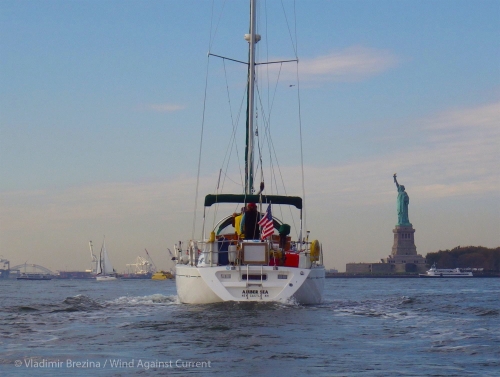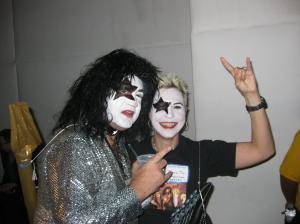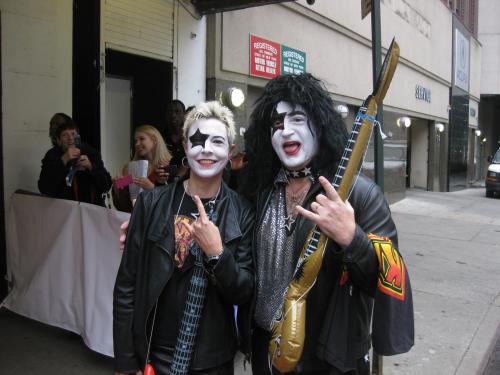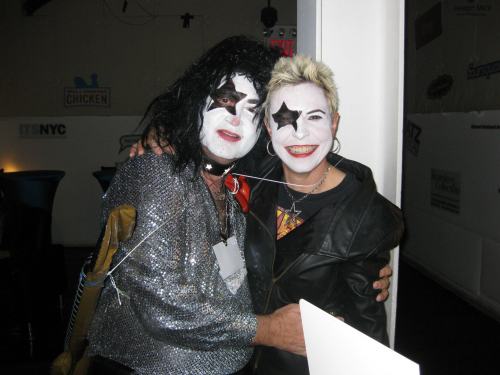By Johna Till Johnson
Photo by Vladimir Brezina
Why should anyone make art?
I’m sitting on the window seat on a blue-and-gold morning, sipping coffee. The breeze is warm, and there’s the sound of chirping birds competing with the blare of horns outside.
My glance runs up and down the potted ficus on the windowsill. There are new furled leaves waiting to bloom. It is spring.
What’s the point of art, and why should anyone devote his or her life to it, let alone squander precious hours of the few we’re all given?
Pondering the question, I realize I’ve unconsciously internalized a set of ideas: Art is frivolous, unimportant. Beauty is nice, but not necessary. Proper adults concern themselves with more important things.
But those are just ideas.
As I look around, reality seems to be otherwise.
I’m surrounded by beauty: The green-gold leaves of the ficus as they catch the sunlight. The geometric play of shadows on buildings. The lush greenery of the new foliage outside, sharp against the sky.
The world is beautiful, I realize. Nature is beautiful. And cities are beautiful, in their own terrible, savage, and dirty ways.
Humans are part of nature, and if Nature strives for beauty, shouldn’t humans? Isn’t the ache for beauty foundational somehow, built into our very cells?
There isn’t just one form of beauty. There’s an infinite variety, depending on how you look at things. Anything can be beautiful, from the rainbows on an oil slick to the multi-jointed machinery of an insect.
I think about Vlad, and his feelings about ants.
He hated the idea of killing them, not out of a reverence for life, but out of a reverence for beauty and the deep sense that we should conserve beauty wherever possible. “It’s just such a waste,” he said, in explanation. “That entire little intricate system (the ant) wiped out in an instant.”
If art is a deep-seated desire to reach for beauty, and Nature and the Universe is constantly creating beauty… then isn’t the desire to create art a way to align with the deepest forces of Nature and the Universe?
I feel a bubble of hope rising in my chest. Maybe creating art isn’t frivolous at all, but rather a way to authentically align with Nature…
But wait. Isn’t “beauty” just a human-made construct? Would the leaves of the ficus, or the rainbows in an oil slick, be beautiful if I weren’t here to see them, and declare them so?
The bubble begins to deflate.
If beauty is just a human construct, then the creation art is just another one of those activities we humans impose on ourselves to feel purposeful and to feed our egos…
Belief in beauty is a bit like belief in God, I realize. You posit that an idea greater than yourself exists and gives meaning, and search for evidence that it exists.
And then I remember something: The nine-year-old autistic boy who let out an audible “wow!” at the end of a Mozart concert.
David Snead, President of the Handel and Haydn society described it like this: “While [conductor] Harry Christophers was holding the audience rapt in pin-drop silence following the music’s end, what sounded like a child of about six years of age couldn’t hold back and gave out a ‘Wow!’ heard round the hall,” Snead wrote. “The crowd cheered in enthusiastic agreement.”
The boy, Ronan Mattin, apparently didn’t normally communicate his emotions, according to his grandfather, Stephen Mattin, who took him to the concert: “I can count on one hand the number of times that [he’s] spontaneously ever come out with some expression of how he’s feeling.”
If a nine-year-old boy whose mind and emotions are wired differently from most people’s can perceive the beauty in Mozart, isn’t that proof that it objectively exists?
Not proof, perhaps, but evidence, I correct myself.
And there is plenty of additional evidence, if you know where to look for it. By some accounts, plants can perceive and respond to music. And humans and animals alike respond to certain sounds and shapes, even across cultures. Physicists talk about using “elegance” as a good metric for assessing which theories are more likely to be true.
I think about how closely beauty and the impulse towards spirituality are linked in history. Why does the “love of God” inspire people to create, say, the Cathedral of Notre Dame?
And the suspicion grows on me, not for the first time: What if I’ve gotten everything exactly backward? What if art and the creation of beauty aren’t just nice incidentals, but the most important thing? I think of Tosca’s plaintive aria: “I lived for art, I lived for love.” Was she right?
I circle back to the question of why anyone should create art.
Because we’re hard-wired for it. Nature creates beauty, and humans are part of Nature. It’s what we do. And when we’re prevented from it (or prevent ourselves from it), our lives are constricted and constrained. Creating beauty (however we conceive of it) is part of living fully.
The bubble of hope is very large and light now. It feels almost large enough to carry me.























